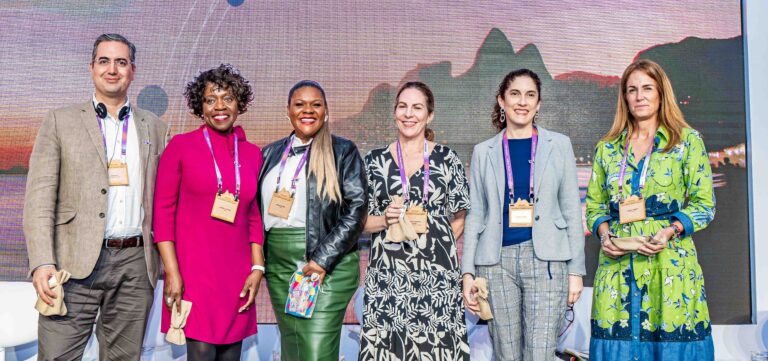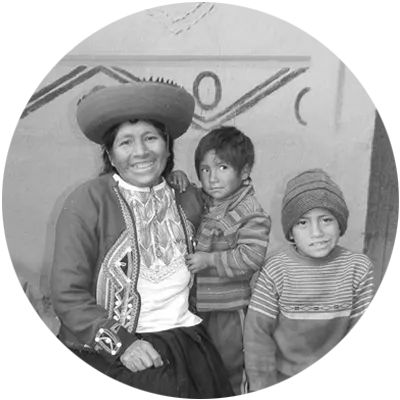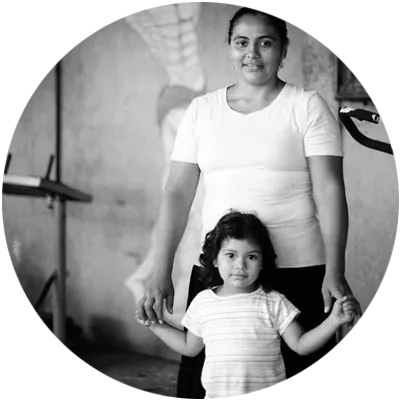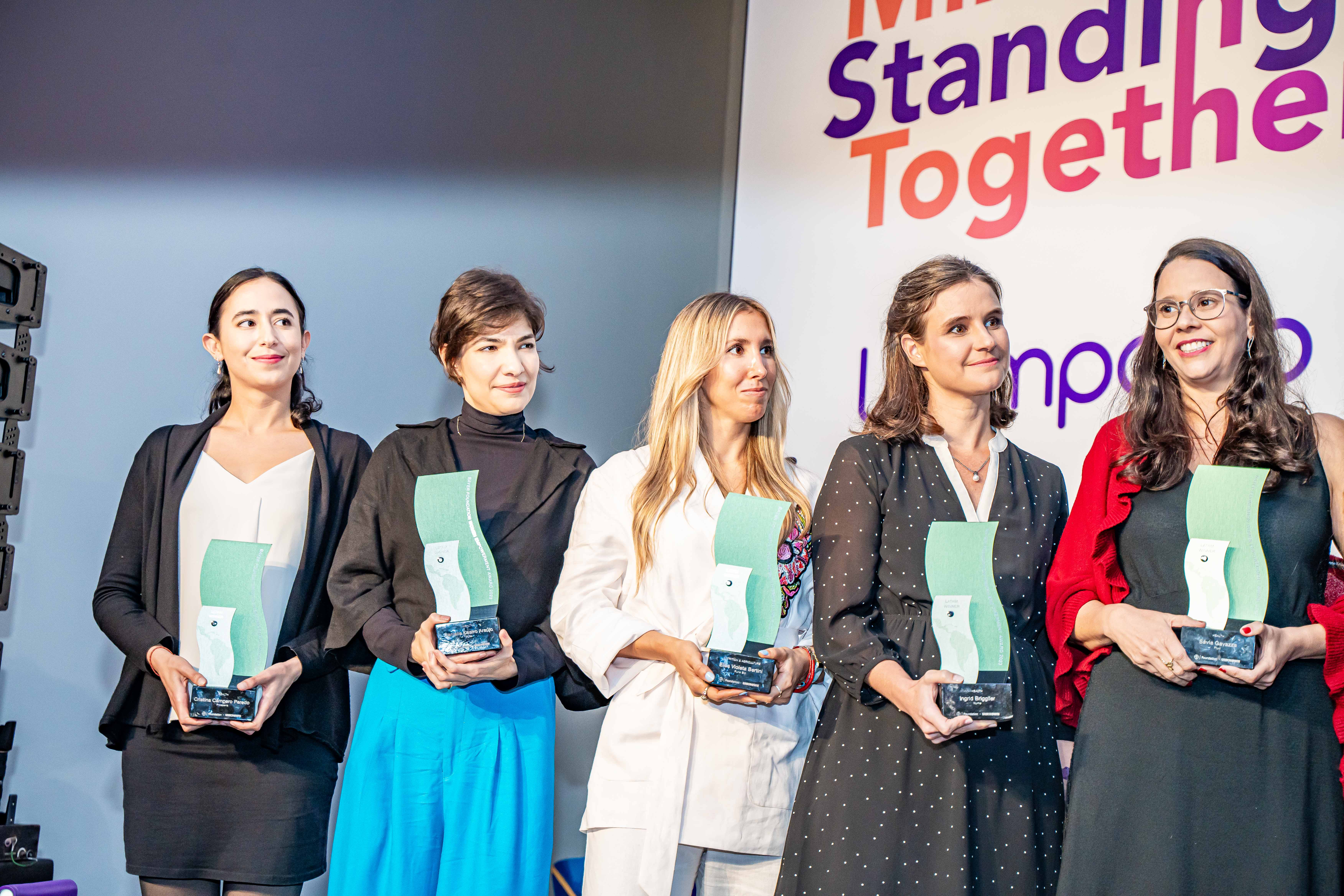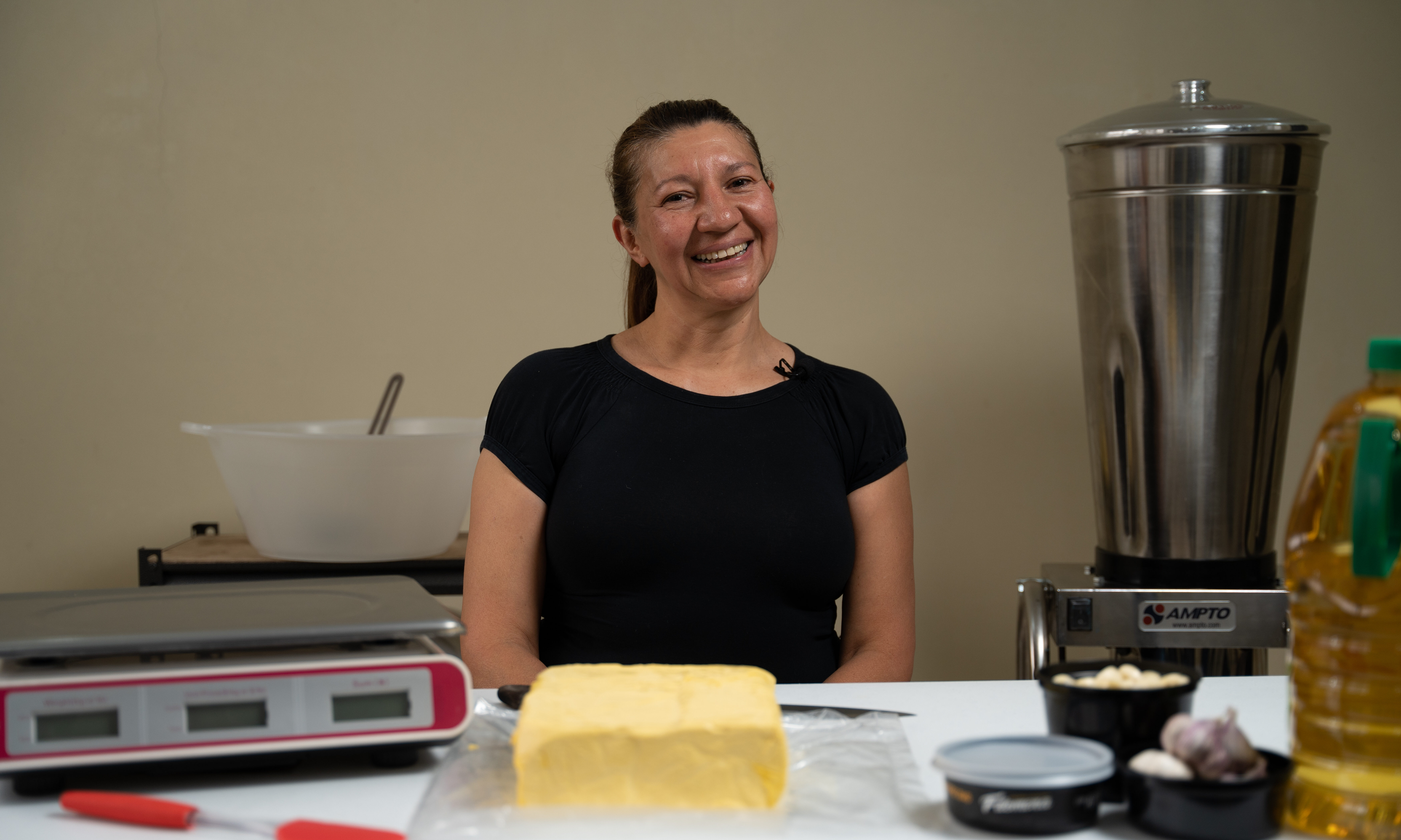By | Manuela Jiménez, Catalina Herrera and María Carolina Suárez Visbal
Knowledge and Research Analyst, Co-director Knowledge Center, and CEO, Latimpacto.
The gender equality gap is one of the many social indicators that has worsened due to the effects of Covid-19. Almost four years after the start of the pandemic, gender equality has managed to reach pre-pandemic levels, but the pace of progress has slowed significantly due to economic crises and a generalized increase in the cost of living. According to the World Economic Forum, between 2006 and 2023, only a reduction of 4.1 percentage points has been achieved in the global gender equality gap. At the current rate, it is estimated that it will take around 131 years to close the gap and 169 to achieve global economic parity. In Latin America and the Caribbean, considerable progress has been made, but the gap still needs to be closed by 25.7%.
Given this outlook, it becomes essential to allocate more resources, in a more strategic way, for initiatives, projects, and companies that promote gender equality. Hence, the concept of gender lenses, an investment approach that takes gender factors into consideration throughout the whole process in order to promote gender equality and better investment decisions. The Impact Landscape Survey, which was conducted in 2022 and 2023 by Latimpacto, revealed that 44% of organizations surveyed that deploy financial and non-financial resources to generate impact in Latin America and the Caribbean work on gender equality issues directly. However, more and more companies are adopting this approach transversally to invest in different sectors, because they have realized that, as well as helping reduce the gender gap, it carries many economic benefits.
These types of investments promote gender equality directly when resources are placed in companies that offer equal opportunities, fair salaries, and policies for work-life balance. Promoting gender diversity in leadership teams and in companies in general drives the construction of a more inclusive decision-making process and more effective risk management. The creation and promotion of these policies not only improve the quality of life of female workers, but also contribute to increased productivity, talent retention, resilience, and the long-term success of companies and markets. For these investments to occur effectively, it is also necessary to have an enabling context that promotes the participation of women in the workplace, especially in decision-making positions.
This explains the emergence of initiatives such as the Women in Boards of Directors Program, which is run by ANDI in conjunction with CESA, the Colombian Institute for Corporate Governance, the World Bank-IFC, and Aequales. This program, started in 2019, aims to train women who, due to their professional career and personal interests, wish to participate in these spaces for dialogue and decision-making that have traditionally been occupied by men. It is estimated that companies with women on the board of directors are 25% more likely to generate above average profits, so the initiative comes not only from recognizing gender inequality in these areas, but also recognizing the advantages of including women.
Likewise, gender lens investing can also be directed toward companies and projects that promote the financial inclusion of women, such as microloans for women entrepreneurs and financial products designed specifically for their needs. This allows us to address the two main barriers to financial inclusion for women. On the one hand, their integration into the labor market is characterized by participation in the least productive sectors, limited opportunities for advancement, low wages, and a high incidence of informal work. On the other hand, women have fewer opportunities to access credit for their businesses, resulting in lower growth rates and fewer possibilities of attracting investment. With the goal of breaking this vicious cycle, organizations like Fundación WWB and ProMujer emerge as pioneers in women’s financial inclusion in the region. Nowadays, in addition to offering financial support to women entrepreneurs, both organizations have complemented their offer with non-financial support, such as the development of skills and competencies through a proven business model with measurable and comparable financial and social results.
It is also worthwhile, in this sense, to highlight the impact investment funds that feature gender lenses in their investment theses. In Latin America, three of them, which are a part of Latimpacto, stand out: Alive, Alphamundi y New Ventures, the latter through the Empodera 360 fund. These funds not only invest in women-led initiatives or companies that seek to reduce gender inequality through their business models, but they also apply gender lenses at each stage of the investment. In the case of ALIVE, this analysis goes from origination to post-investment support and includes impact studies, which have rigorous gender and climate change components.
Other types of gender lens investment include those that finance entrepreneurial skills development programs that specifically target women entrepreneurs and provide them with access to training, mentoring, support networks, and financial resources. These projects boost female participation in the labor market and foster the creation and growth of women-led companies. To this end, we should take into account that, according to the latest report of the Global Entrepreneurship Monitor (GEM), the intention to start a business is greater in women than in men, as one in six women worldwide said they had the intention to start a business in the near future, compared to one in five men. Additionally, entrepreneurial intentions were higher for women in low-income countries (28.2%) and lower in high-income countries (11%). Latin America and the Caribbean and the Middle East and Africa were the leading regions globally, with one in three women having entrepreneurial intentions.
This reality has prompted the corporate sector to get involved, recognizing the challenges we face in terms of gender equality and taking advantage of the market opportunities offered within this context. Companies such as Bayer and Cartier have begun to promote female entrepreneurship through initiatives such as the Bayer Foundation Women Empowerment Award and the Cartier Women’s Initiative. The first offers awards and training to 15 women from Latin America, Africa and the Middle East every year, including pioneers in health, nutrition and climate-smart solutions. The award consists of participation in a 6-month acceleration program, a trip to Berlin for the awards ceremony and 25,000 euros to scale the impact. The second is an international business program whose goal is to drive change through the empowerment of impactful women entrepreneurs. Founded in 2006, the program is carried out annually and is open to companies founded and run by women from any country and sector that seek to have a sustainable social and/or environmental impact over time.
Gender-lens investing not only empowers women by supporting their economic participation and access to resources and opportunities, but also benefits markets by promoting inclusion, equality, and diversity, producing sustainable economic growth. Today, gender lens investing is no longer limited to microfinances, but actually includes more sophisticated financial vehicles, such as venture capital and private equity. In addition to this, there is a spectrum for the deployment of capital that ranges from strategic philanthropy to impact investment and investment with ESG criteria. This spectrum, known as the capital continuum, allows actors to allocate resources for impact under different risk-return profiles, taking into account their short, medium and long-term financial and social objectives.
The above demonstrates that gender lenses as an investment strategy are not limited to a single actor, or a single sector, or to an expectation of financial returns, but, on the contrary, are an adaptable and highly replicable approach among organizations, industries and sectors, and this is exactly what we are working on and furthering at Latimpacto, generating learning experiences, connections, and collective actions to strengthen the deployment of capital toward impact among different providers of capital.
